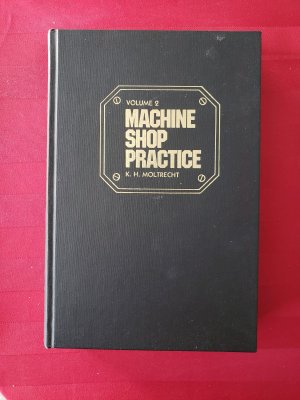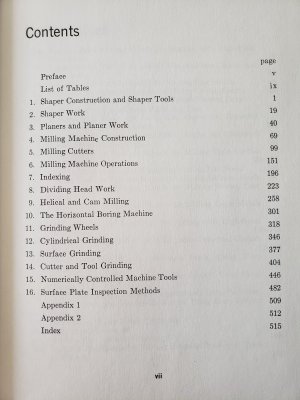TOBARApprentice
Super User
Hey everyone. I have finally completed the new shop and all the machines made it down the staircase and into the basement. Everything is hooked up and operating and I tried out the new (to me) Boyar Schultz 6x12 surface grinder. Can anyone recommend a grinding text that would be indicative of what a high school student might be assigned. My first practice piece worked out great; less than 50 millionths over 3” (.00005). That said, I am pretty sure that achievement was dumb luck and I would like to think that there is a text out there that guys could follow. I have the basics (thanks YouTube) and from the pics you’ll see that I have a bit of wheel balancing ahead of me, but I’m looking for a good shop reference. Too, if anyone is in the Toronto/Hamilton area and is/was a grinder operator/teacher, I would be happy to hire you to run me through a bit of a mentorship program so as to get the most out of this little beauty. Hope everyone is keeping well. Cheers all,
Derek.
Derek.


